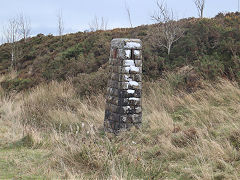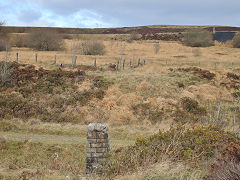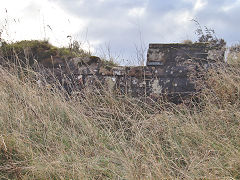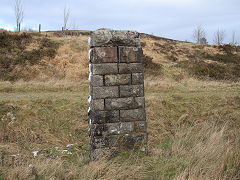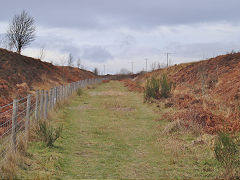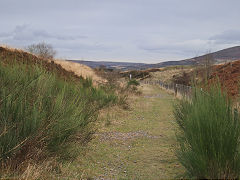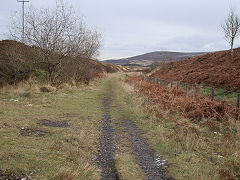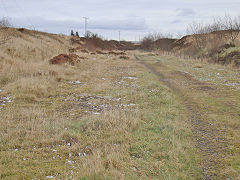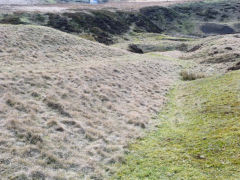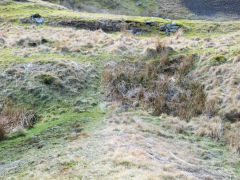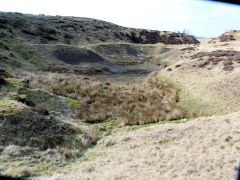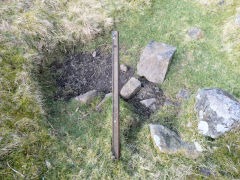The Industrial Archaeology and History of the Eastern Valley
Or click on the button to go to :-
Click on the thumbnail to enlarge a photo or map and sometimes read more about it.
Then click 'Full Size' on the toolbar to see it in all its glory.
Forgeside
Forgeside and Big Pit from the air
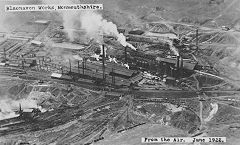
Forgeside Ironworks, 1922
|
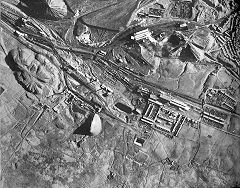
Forgeside and Big Pit, c1950
|
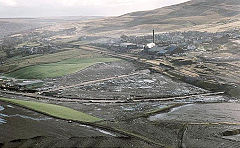
Forgeside Ironworks, c1960
|
Aaron Brutes bridge - SO 2485 0880
Aaron Brutes level - SO 2480 0880
Aaron Brutes bridge is one of the oldest cast-iron bridges in the world, dating from 1812. The level just beyond it mined iron ore for the works and closed in 1843. By 2009 the bridge was unsafe but was restored and re-opened in 2013. It carried a tramroad from the level to the ironworks. Underneath the bridge is a small drainage level.
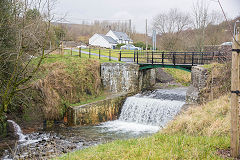
Aaron Brutes bridge restored
|
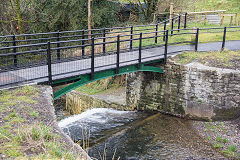
Aaron Brutes bridge restored
|
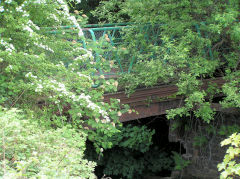
Aaron Brute's Bridge
|
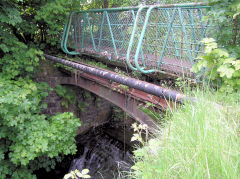
Aaron Brute's Bridge
|
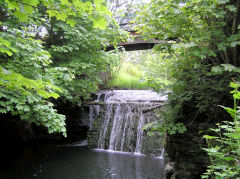
Aaron Brute's Bridge
|
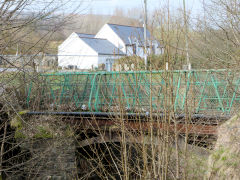
Aaron Brute's Bridge
|
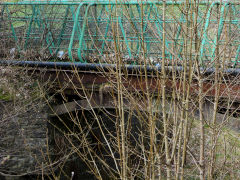
Aaron Brute's Bridge
|
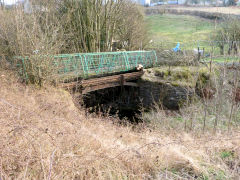
Aaron Brute's Bridge
|
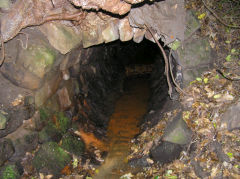
Aaron Brute's drainage adit
|
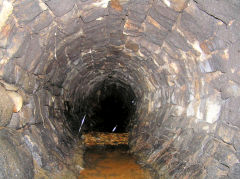
Aaron Brute's drainage level
|
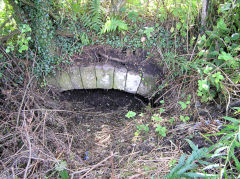
Aaron Brutes ironstone level
|
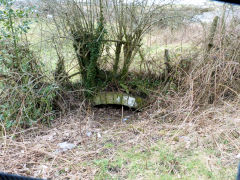
Aaron Brutes ironstone level
|
Johnsons (or Winstone) Colliery - SO 2484 0786
Forgeside Powerhouse - SO 2426 0861
Johnsons (or Winstone) Colliery, was a working colliery, not in general use but the subject of exploratory work during 2010. Forgeside Powerhouse was the original powerhouse for the Forgeside complex. the brick-built building is still in industrial use and dates from the 1920s. Next to it is the Forge Pond and a lot of foundations.
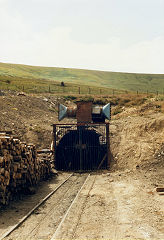
Johnsons Mine, Forgeside
|
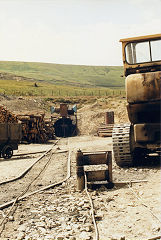
Johnsons Mine, Forgeside
|
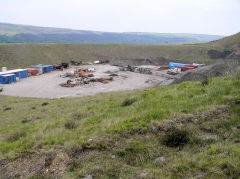
Johnsons Mine, Forgeside
|
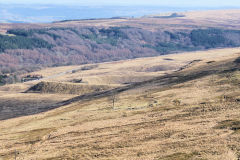
Johnsons Mine, Forgeside
|
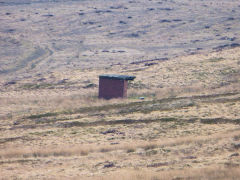
Building at Johnson's Mine
|
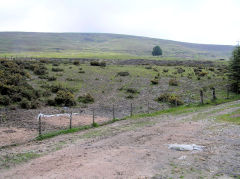
Forgeside Level, Blaenavon
|
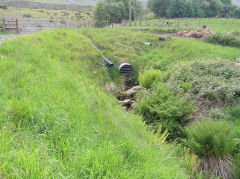
Forgeside Level drainage channel
|
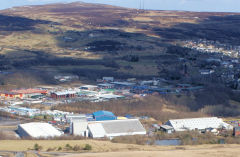
Forgeside North, Blaenavon
|
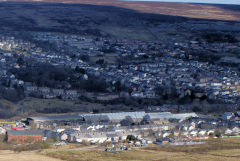
Forgeside South, Blaenavon
|
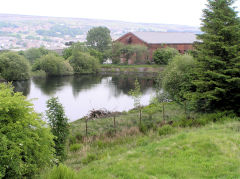
Forgeside powerhouse, Blaenavon
|
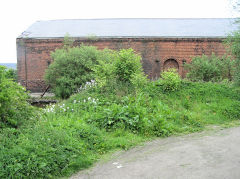
Forgeside powerhouse, Blaenavon
|
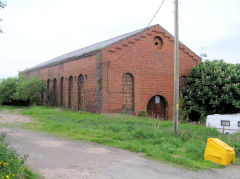
Forgeside powerhouse, Blaenavon
|
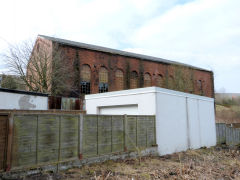
Forgeside powerhouse, Blaenavon
|
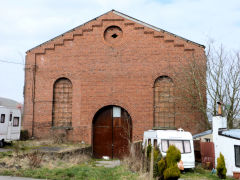
Forgeside powerhouse, Blaenavon
|
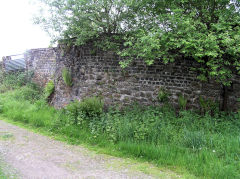
Forgeside retaining wall
|
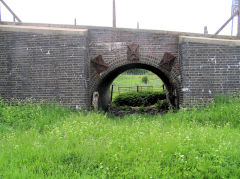
LNWR bridge and 'extra' arch
|
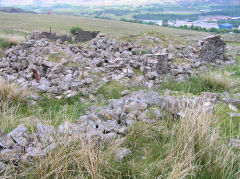
The ruins of Coity Ganol
|
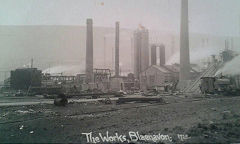
Forgeside as it was
|
|
|
Big Pit and the Pontypool and Blaenavon Railway
Big Pit - SO 2383 0880
Big Pit and its surroundings today
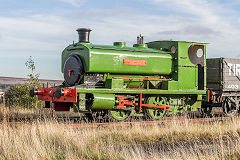
Blaenavon Ironworks 'Nora No 5'
|

Blaenavon Ironworks 'Nora No 5'
|
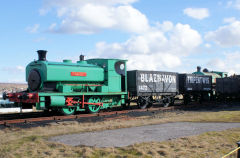
Blaenavon Ironworks 'Nora No 5'
|
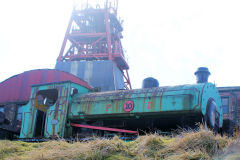
Powell Duffryn loco No 10
|
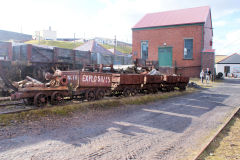
Narrow gauge wagons
|
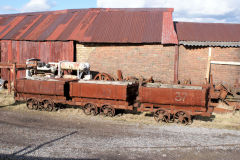
Narrow gauge wagons
|
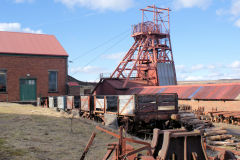
Standard gauge wagons
|
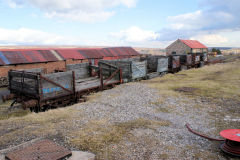
Standard gauge wagons
|
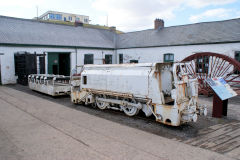
Hunslet loco HE6049 of 1961
|

Big Pit workshops
|
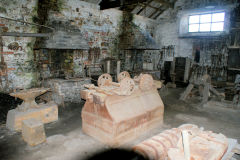
Big Pit workshops
|
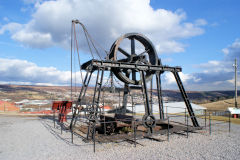
Big Pit water balance
|
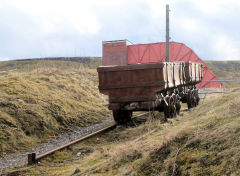
Big Pit, Dodds Slope incline
|
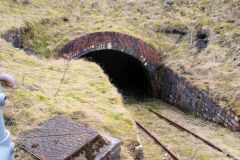
Big Pit, Dodds Slope
|
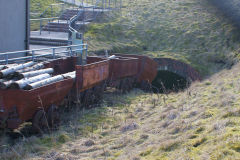
Big Pit, Dodds Slope
|
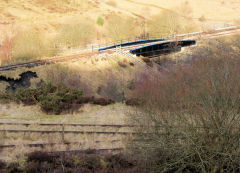
Big Pit bridge over LNWR
|

Coke ovens bridge abutments
|
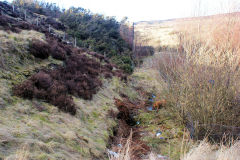
Coke ovens bridge abutments
|
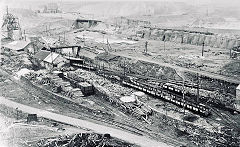
Coke ovens bridge,c1950s
|
|
Big Pit after closure
Andy Coldridge took these photos of Big Pit shortly after it closed so either 1981 or 1982.
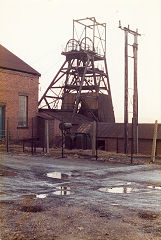
Big Pit after closure, c1981 or 1982
|
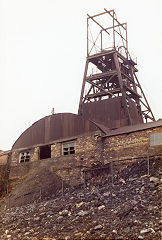
Big Pit after closure, c1981 or 1982
|
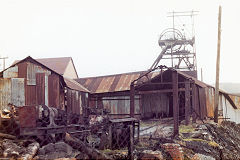
Big Pit after closure, c1981 or 1982
|
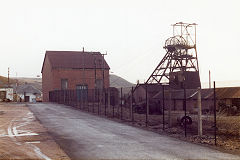
Big Pit after closure, c1981 or 1982
|
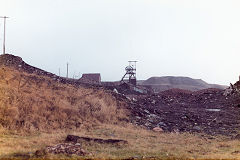
Big Pit after closure, c1981 or 1982
|
|
Pontypool and Blaenavon Railway
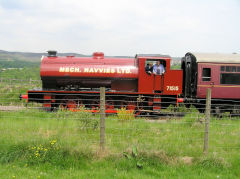
PBR 71515
|
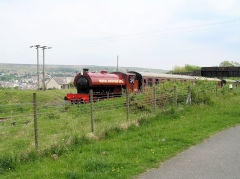
PBR 71515
|
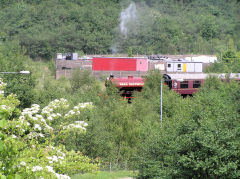
PBR 71515
|
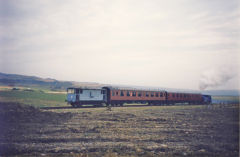
PBR 'Brookfield'
|

PBR D4157
|

PBR depot and washery
|
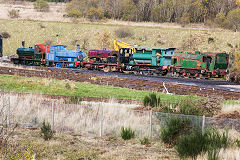
PBR industrial locos
|

PBR depot
|
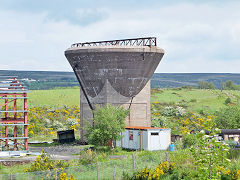
Big Pit washery
|
Working railways around Big Pit
Alan Murray-Rust took these photos of the railways around Big Pit during 1968 and 1969.
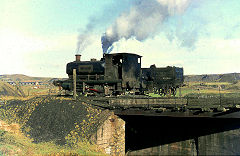
'Toto No 6' near Big Pit 1969
|
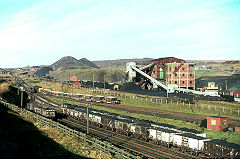
Railways around Big Pit, 1969
|
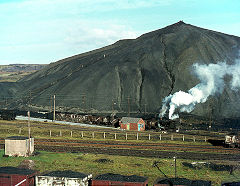
'Toto No 6' near Big Pit 1969
|
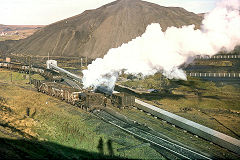
'Toto No 6' near Big Pit 1969
|
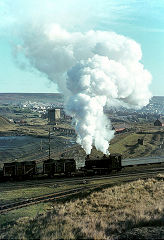
'Toto No 6' near Big Pit, 1969
|
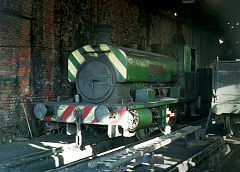
'Nora No 5' on shed, 1969
|
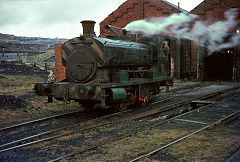
'Toto No 6' on shed, 1969
|
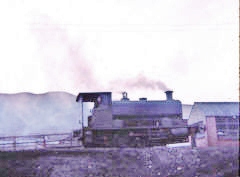
'Toto No 6' on shed, 1967
|
Coity Quarry to Whistle Inn
Coity Quarry - SO 2330 0830
Coity sandstone quarry was working by 1844 supplying stone for the ironworks, housing and collieries in the area and had closed by the mid-1880s. The prominent incline ran down through Coity Colliery to the Ironworks and coke ovens, the upper half closing with the quarry. The lower half continued until 1900 to serve the colliery, which was incorporated into Big Pit, becoming its upcast shaft. In the quarry are the remains of the brake wheel mechanism and other ironmongery, including a cast cog on the end of a wooden shaft. Next to the drum are a pair of rails leading from the drum to the tips and a fenced airshaft with a pulley hoist over it, which was connected to a level just below the quarry.
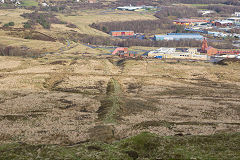
Coity Quarry incline
|
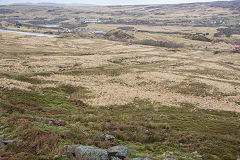
Coity Quarry incline
|
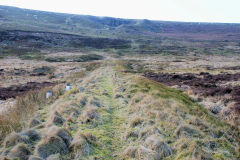
Coity Quarry incline
|
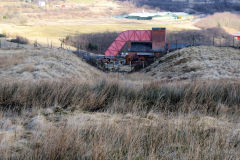
Coity Quarry incline
|
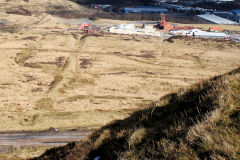
Coity Quarry incline
|
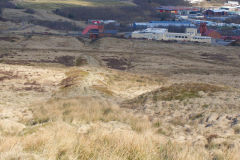
Coity Quarry incline
|
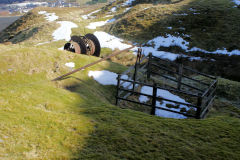
Coity Quarry incline
|
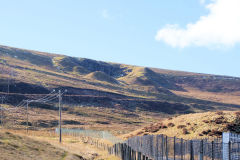
Coity Quarry, Blaenavon
|
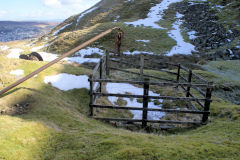
Coity Quarry airshaft
|
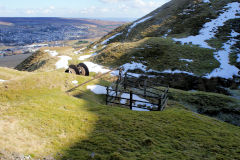
Coity Quarry winding drum
|
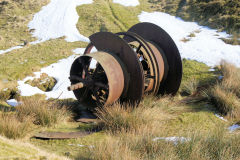
Coity Quarry winding drum
|
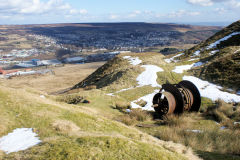
Coity Quarry winding drum
|
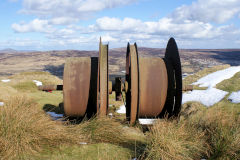
Coity Quarry winding drum
|

Coity Quarry winding drum
|
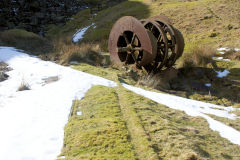
Coity Quarry winding drum
|
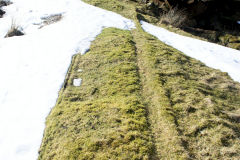
Coity Quarry rails
|
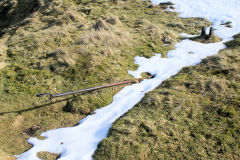
Coity Quarry ironwork
|
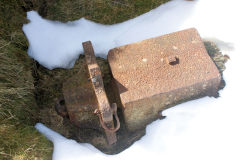
Coity Quarry ironwork
|
|
|
Coity Farm, level and reservoir - SO 2337 0928
Coity Farm was possibly medieval but the 'leftovers' are from C18th but considerably changed over the years.
An old level is shown on OS maps next to the farm, a very small level still exists in 2010, possibly just a drainage level from the coal levels above it.
A pond formed the basis of the 1861 reservoir supplying water to the Forgeside blast furnaces.
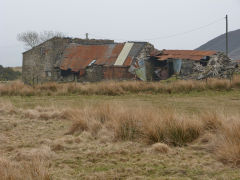
Coity Farm, Blaenavon
|
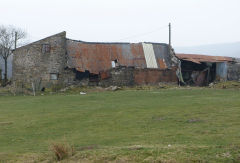
Coity Farm, Blaenavon
|
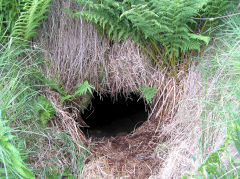
Coity Farm drainage level
|
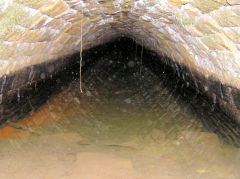
Coity Farm drainage level
|
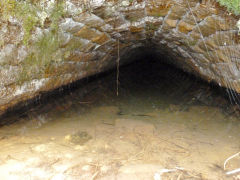
Coity Farm drainage level
|
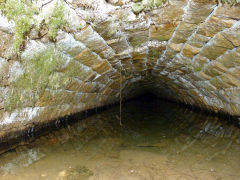
Coity Farm drainage level
|
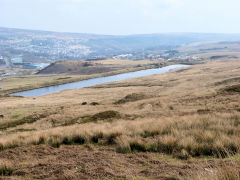
Coity reservoir, Blaenavon
|
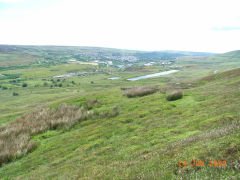
Coity reservoir from Cefn Coch
|
'Robens Folly' or Blaentillery Drift - SO 2315 0860
All that's left of the 1966 Blaentillery No 1 Level, known as 'Roben's Folly', is the very top of the entrance, the rest is buried beneath your feet. It was begun in 1966 and finished and abandoned in 1967. It was a 'folly' because it found no workable coal at all, just a lot of water. The level goes right through the mountain to Abertillery where the other end can be seen on the hillside at Blaentillery.

Blaentillery 1966 Level in 1967
|
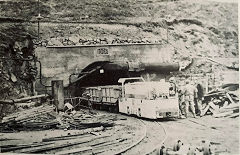
Blaentillery 1966 Level in 1967
|
|
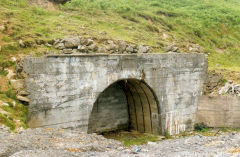
Blaentillery 1966 Level in 1990
|
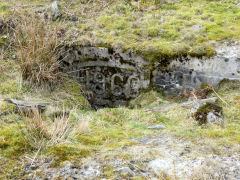
Blaentillery 1966 Level in 2011
|
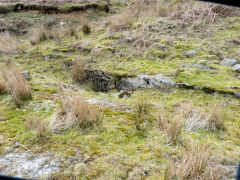
Blaentillery 1966 Level in 2011
|
ADWB pipeline tunnel - SO 2291 0937
The Abertillery and District Water Board (ADWB) pipeline from Grwynne Fawr Reservoir to Abertillery enters the Coity Mountain here. The tunnel was built between 1912 and 1915 and is just short of a mile long. The gated concrete entrance and tips from excavation are easily found. I'm told there's a stop valve on top of Coity Mountain and, of course, there's the other end to find somewhere near Blaentillery farm.
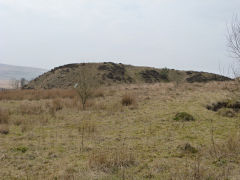
ADWB pipeline tunnel tips
|
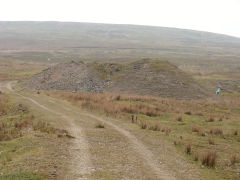
ADWB pipeline tunnel tips
|
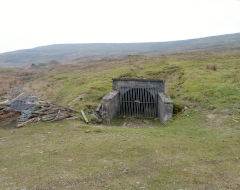
ADWB pipeline tunnel
|
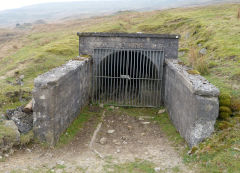
ADWB pipeline tunnel
|
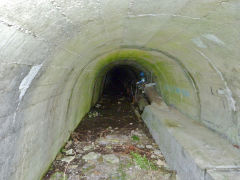
ADWB pipeline tunnel
|

ADWB pipeline tunnel
|
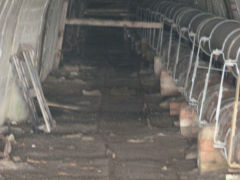
ADWB pipeline tunnel
|
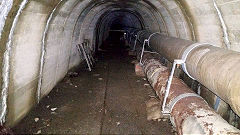
ADWB pipeline tunnel tour
|
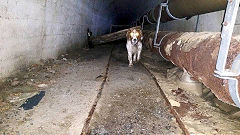
ADWB pipeline tunnel tour
|
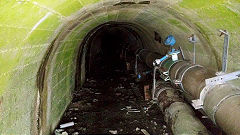
ADWB pipeline tunnel tour
|
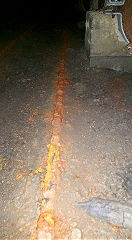
ADWB pipeline tunnel tour
|
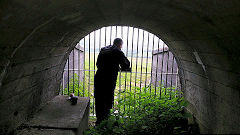
ADWB pipeline tunnel tour
|
Around the Whistle Inn - SO 2289 1010
Ty Rheinallt Farm (SO 2325 0960) was a c19th farmhouse, abandoned in 1967 due to subsidence. Next to it is a filled-in airshaft, possibly once ventilating the Garn Pits.

Ty Rheinallt Farm, Coity
|
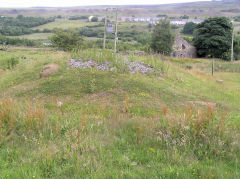
Ty Rheinallt Farm airshaft
|
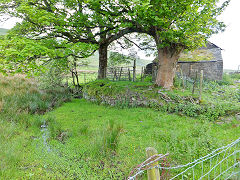
Field Farm, Whistle Lane
|
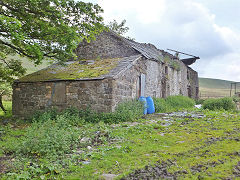
Field Farm, Whistle Lane
|
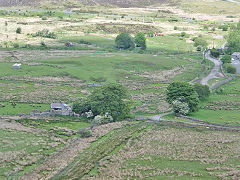
Waunavon Slope ironstone mine
|
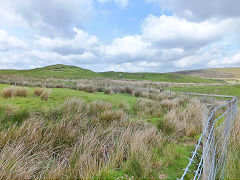
Waunavon Slope ironstone mine
|
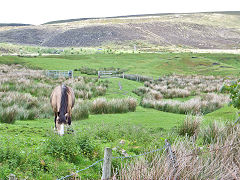
Waunavon Slope ironstone mine
|
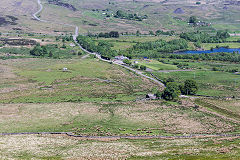
Whistle Inn area from above
|
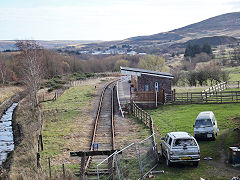
Whistle Inn halt
|
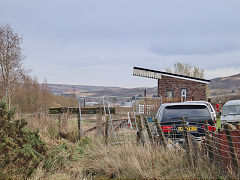
Whistle Inn halt
|
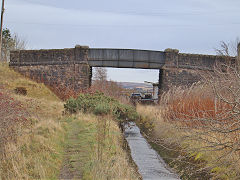
Whistle Lane bridge
|
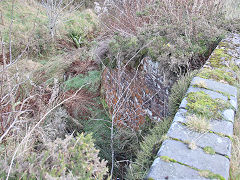
Whistle Lane underbridge
|
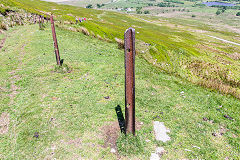
Coity footpath fence posts
|
Pwrcas Cottages - SO 2283 1022
A single cottage is shown on the 1841 tithe map. What remains is more modern, c19th, but it has deteriorated badly from 2010 to 2021, losing its roof and upper floor.
|
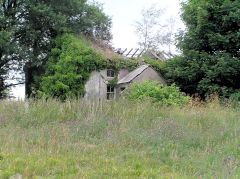
Pwrcas Cottages, Whistle Lane
|
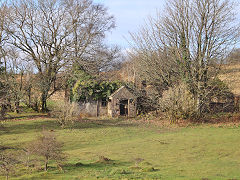
Pwrcas Cottages, Whistle Lane
|
























